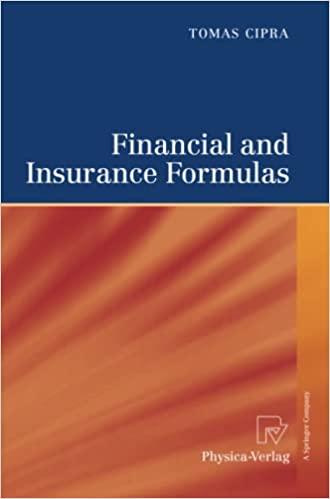Question
I already have the answer solved... I just dont understand this last part: (1 + i)^15 = 10 1; (10 0.6666 ) 1; r =
I already have the answer solved... I just dont understand this last part: "(1 + i)^15 = 10 1; (100.6666) 1; r = 1.1659 1; Rate = 16.59% ". how does the 10 gets those ^6 (sixth powers) ?
At what rate must $4,000 be compounded annually for it to increase to $40,000 in 15 years? (Do not round the intermediate calculations. Round the final answer to the nearest two decimals.) Entry field with correct answer
Correct answer. Future value = Present value (1 + interest rate)n; $40,000 = $4,000 (1 + i)^15; (1 + i)^15= $40,000 / $4,000; (1 + i)^15 = 10 1; (1 + i)^15 = 10 1; (100.6666) 1; r = 1.1659 1; Rate = 16.59%
A. 16.59%
Step by Step Solution
There are 3 Steps involved in it
Step: 1

Get Instant Access to Expert-Tailored Solutions
See step-by-step solutions with expert insights and AI powered tools for academic success
Step: 2

Step: 3

Ace Your Homework with AI
Get the answers you need in no time with our AI-driven, step-by-step assistance
Get Started


